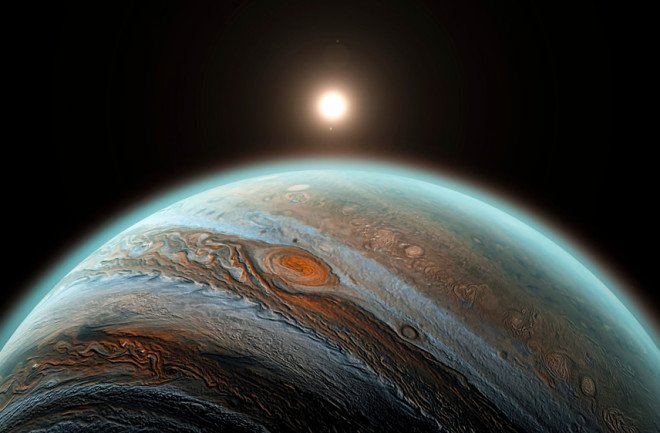A newly-detected gas giant roughly 800 light years from Earth swings around its star so quickly that a year passes in 16 hours. The trouble is nobody would last long enough to get old even on TOI-2109b’s own terms — the Jupiter-like gas giant is blazing hot.
“The temperatures on this planet even exceed those of some stars,” says Ian Wong, an astronomer at NASA Goddard Space Flight Center in Maryland. “If you look at the whole planetary demographics that we’ve discovered in the past decade, we know that these hot Jupiters are pretty rare.”

